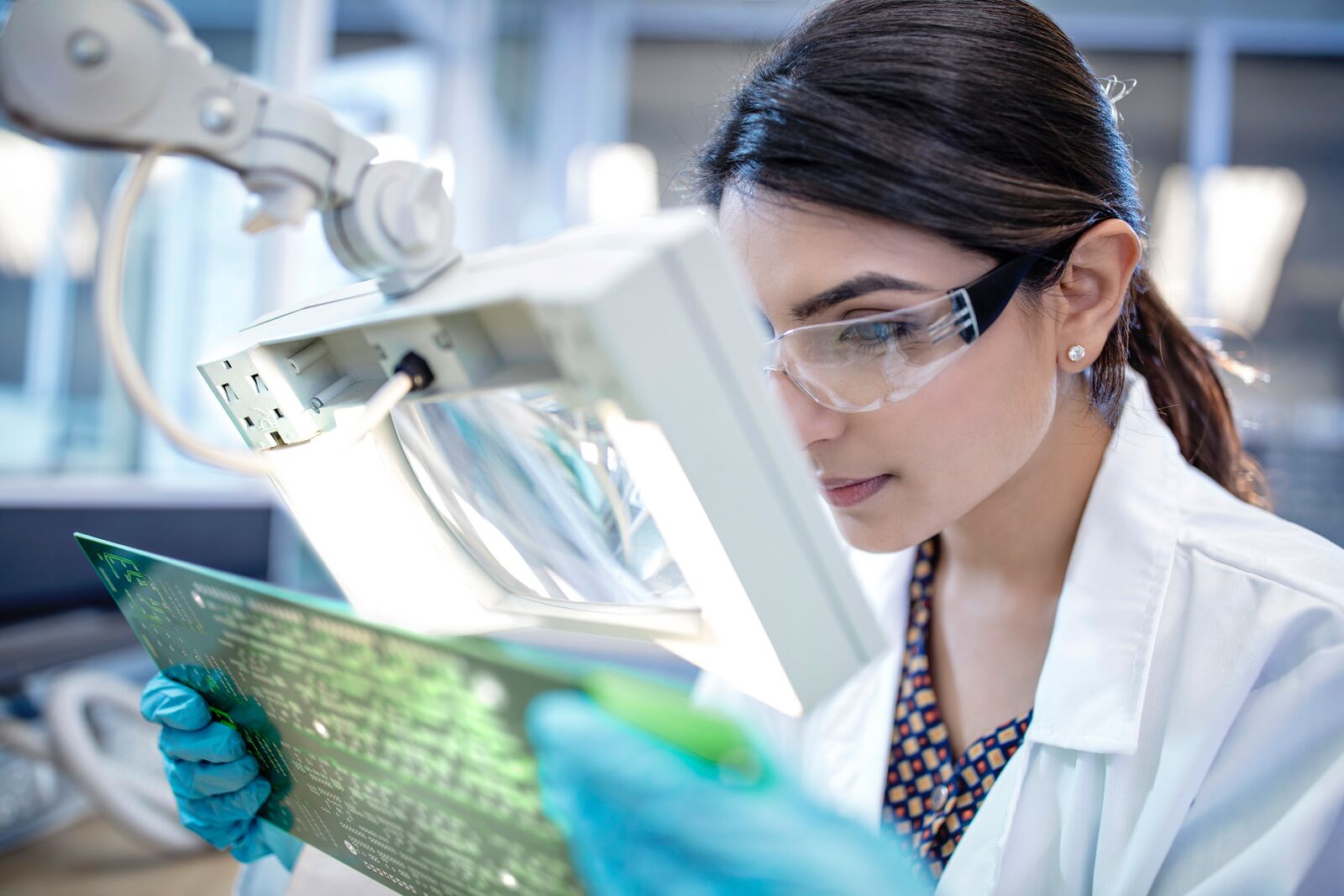
In an increasingly interconnected world, electronic devices power everything from household appliances and toys to industrial machinery and advanced medical equipment. As manufacturers race to innovate, ensuring that products remain safe for both people and the environment is paramount. The Restriction of Hazardous Substances (RoHS) Directive, first adopted by the European Union in 2003, has become the global benchmark for limiting toxic materials—such as lead, mercury, cadmium, hexavalent chromium, and certain flame retardants—in electronic and electrical equipment. RoHS testing services play a crucial role in verifying that components and finished products meet these strict limits, helping companies avoid regulatory penalties, protect consumer health, and demonstrate environmental responsibility.
Understanding RoHS and Its Scope
RoHS restricts the use of six hazardous substances in electrical and electronic equipment (EEE), with concentration limits set at 0.1% by weight for most materials and 0.01% for cadmium. The directive applies to a vast range of product categories, including but not limited to:
- Household appliances (refrigerators, washing machines, toasters)
- IT and telecommunications equipment (computers, smartphones, routers)
- Consumer electronics (televisions, audio equipment, cameras)
- Lighting (fluorescent lamps, LED fixtures)
- Power tools and toys
- Medical devices and monitoring equipment
Manufacturers, importers, and distributors in regions enforcing RoHS—including the EU, UK, China, and parts of North America—must ensure their products are compliant before placing them on the market. RoHS testing services provide the analytical confirmation needed to meet regulatory demands and support accurate documentation.
Why RoHS Testing Matters
Failing to comply with RoHS requirements can have significant consequences:
- Regulatory Penalties
Authorities may impose fines, force recalls, or ban non-compliant products from sale. The cost of rectifying violations often far exceeds the investment in pre-market testing. - Supply Chain Disruption
A single non-compliant component can jeopardize an entire product line. Comprehensive RoHS testing of materials at the supplier level helps prevent unexpected hold-ups. - Brand Reputation
Consumers and business customers increasingly favor environmentally responsible brands. Demonstrating RoHS compliance enhances corporate image and fosters customer trust. - Environmental and Health Protection
By restricting hazardous substances, RoHS minimizes the environmental impact of e-waste disposal and recycling, reducing soil and water contamination and protecting workers and end users.
Key RoHS Testing Methods
RoHS testing services utilize several analytical techniques to detect and quantify restricted substances with high accuracy:
- X-Ray Fluorescence (XRF) Spectroscopy
A rapid, non-destructive screening tool that identifies heavy metals such as lead, mercury, and cadmium. While XRF can quickly flag suspect components, it often requires confirmatory analysis for precise quantification. - Inductively Coupled Plasma Optical Emission Spectroscopy (ICP-OES)
A highly sensitive, destructive method where samples are digested and introduced into plasma. ICP-OES provides exact concentration measurements for multiple elements simultaneously. - Inductively Coupled Plasma Mass Spectrometry (ICP-MS)
Even greater sensitivity than ICP-OES, ICP-MS can detect trace levels down to parts per billion, making it ideal when extremely low detection limits are required. - Gas Chromatography–Mass Spectrometry (GC-MS)
Used primarily to analyze organic flame retardants like polybrominated biphenyls (PBB) and polybrominated diphenyl ethers (PBDE). GC-MS separates and quantifies complex organic molecules in polymer matrices.
Typical RoHS Testing Workflow
A professional RoHS testing service follows a structured process to ensure reliable results:
- Sample Intake & Preparation
— Clients submit representative samples of components, circuit boards, or finished products.
— Samples are logged, photographed, and prepared, which may include cutting, grinding, or chemical digestion. - Screening Analysis
— XRF screening is performed to identify areas of concern rapidly.
— If heavy metals are detected above threshold levels, the lab schedules confirmatory testing. - Quantitative Testing
— Samples undergo ICP-OES or ICP-MS for precise elemental analysis.
— GC-MS is employed for restricted organic substances. - Data Review & Quality Control
— Results are reviewed by qualified analysts and subjected to internal quality checks, including the use of certified reference materials and method blanks. - Reporting
— Clients receive a detailed test report indicating concentrations of each restricted substance, comparison to RoHS limits, and clear compliance statements.
— Certified labs often include method descriptions, detection limits, and uncertainty values to support regulatory audits.
Industries That Rely on RoHS Testing
RoHS compliance is critical across diverse sectors:
- Consumer Electronics: Smartphones, laptops, gaming consoles, and wearables must be tested to meet global market requirements.
- Automotive: Electric vehicles and in-car electronics rely on RoHS testing to ensure safety and sustainability.
- Medical Devices: Hospitals and clinics demand rigorous testing for life-sustaining equipment.
- Industrial Equipment: Manufacturing machinery, control panels, and sensors must comply to avoid production stoppages and liability issues.
- Lighting: LED fixtures and lamps are tested to confirm they do not contain banned flame retardants or heavy metals.
Choosing the Right RoHS Testing Laboratory
When selecting a RoHS testing service provider, consider:
- Accreditations
ISO/IEC 17025 accreditation demonstrates technical competency and adherence to quality management systems. - Range of Methods
A full suite of analytical capabilities—XRF, ICP-OES, ICP-MS, GC-MS—ensures the lab can handle all restricted substances in one place. - Turnaround Times
Fast screening options and flexible scheduling help meet tight product launch deadlines. - Global Reach
Labs with multiple locations or recognized Test Reports can streamline compliance across different markets. - Technical Support
Expert guidance on sampling, interpretation of results, and support during regulatory audits adds value beyond basic testing.
Conclusion
RoHS testing services are a linchpin in the lifecycle of modern electronic products. By accurately identifying and quantifying hazardous substances, these services enable manufacturers to demonstrate compliance, safeguard their brand reputation, and protect both human health and the environment. With robust analytical methodologies, stringent quality controls, and comprehensive reporting, a qualified RoHS testing laboratory becomes an indispensable partner for companies aiming to compete in global markets and meet the ever-evolving demands of regulatory frameworks. Investing in expert RoHS testing not only ensures legal conformity but also reflects a commitment to responsible innovation and sustainable growth.